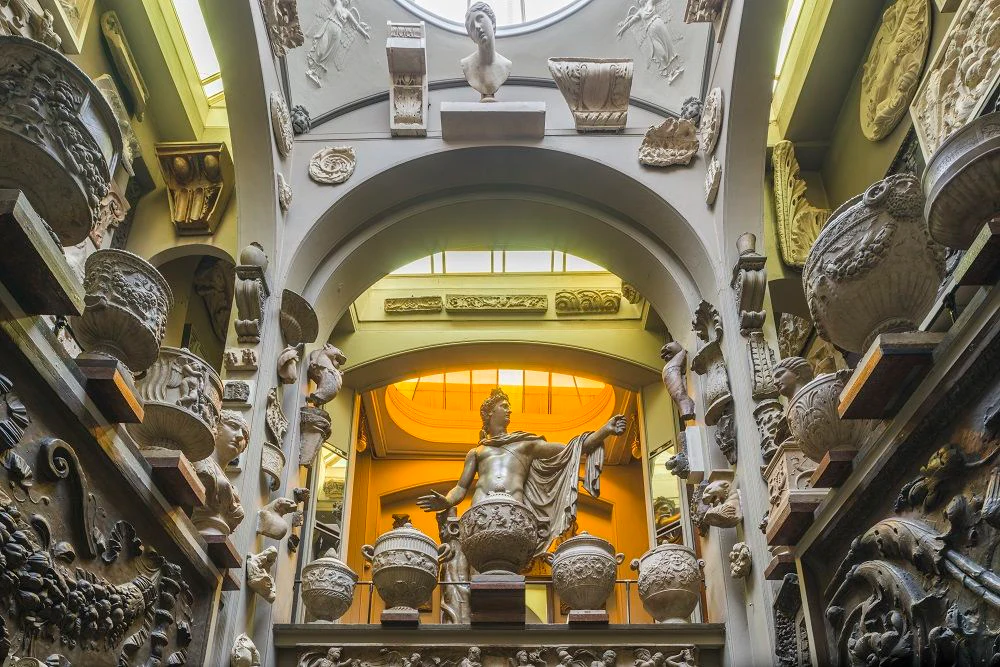
London is a vibrant city rich in culture, history, and a plethora of iconic landmarks that many dream of seeing. While the city’s famous museums and sights are definitely worth exploring, there remains a wealth of unique experiences throughout London that stray from the typical tourist paths. These lesser-known treasures offer visitors an intimate and genuine view of the city’s diverse culture, fascinating history, and natural beauty, stepping away from the usual hustle and glamour associated with London.
With the onset of London Fashion Week attracting a surge of eager visitors, it’s only fitting to shine a light on some of the stunning yet lesser-known spots in the city that reflect authentic English charm. From the architectural elegance of Wilton’s Music Hall to the serene oasis of The Hill Garden and Pergola, LUXUO highlights 10 of the most breathtaking underrated locations to visit in London.
The Painted Hall, Greenwich
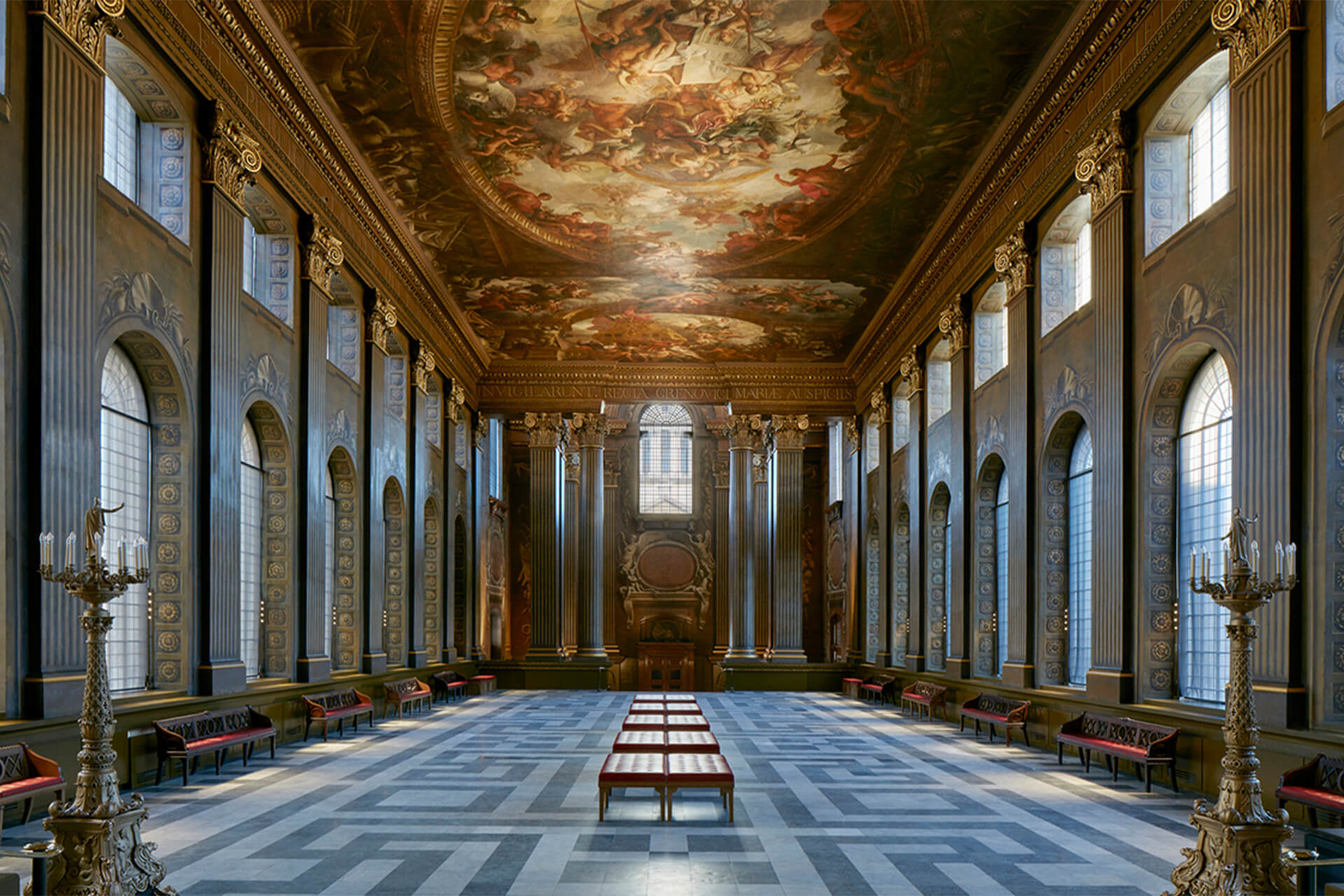 Photo: Visual House
Photo: Visual House
The Painted Hall in Greenwich—part of the Old Royal Naval College—often goes unnoticed, overshadowed by London’s more famous sites such as the British Museum and the Natural History Museum. Dubbed the “Sistine Chapel of the UK,” this historical treasure features magnificent Baroque interiors with detailed ceiling and wall frescoes by Sir James Thornhill, completed in the 1700s. Initially designed as a dining hall for naval veterans in the early 18th century, it has since evolved into an artistic and historical masterpiece, showcasing England’s storied past filled with grandeur, symbolism, and beauty. For those eager to blend a love for art and history, this hidden gem is an essential item on any London itinerary.
The Hill Garden and Pergola, Hampstead Heath
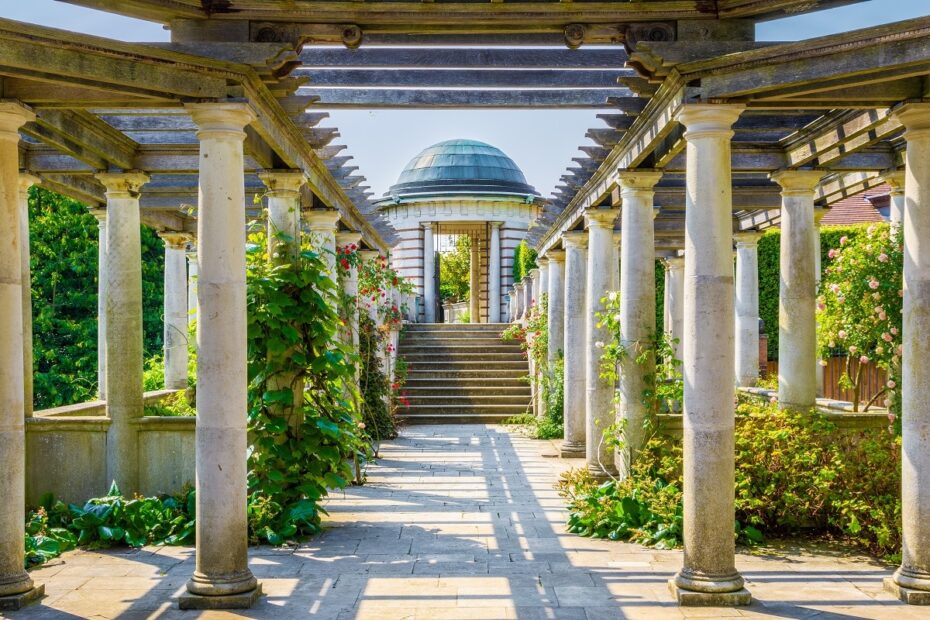
The Hill Garden and Pergola provides the perfect escape for those seeking peace away from the bustling city atmosphere. Often confused with the more trafficked Hampstead Heath, this tranquil and somewhat overlooked garden features a delightful raised walkway entwined with wisteria and vines, highlighted by a stunning pergola. Constructed in the early 20th century by Lord Leverhulme as a grand addition to his estate for garden parties, it has transformed over the years into a serene retreat, characterized by its charmingly overgrown and slightly decayed appearance, which adds to its enchanting and romantic allure. The Hill Garden and Pergola presents breathtaking views, peaceful paths, and a picturesque setting ideal for photography, marking it as one of the city’s hidden treasures.
Osterly House and Park, Jersey Road
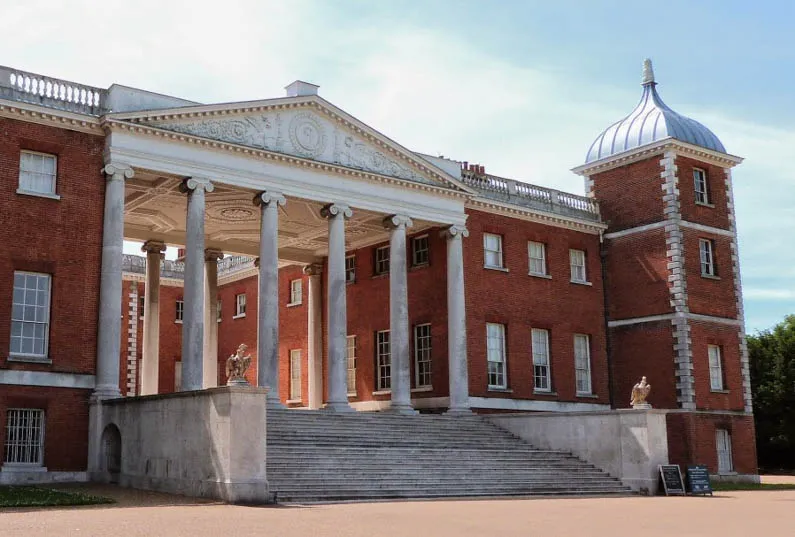 Photo: National Trust
Photo: National Trust
 Photo: National Trust
Photo: National Trust
Located in West London, Osterley House and Park is an extraordinary neo-classical jewel, originally erected as a Tudor residence in the 1570s by Sir Thomas Gresham. Merging splendid architecture with tranquil landscapes, Osterley House and Park serves as an imaginative retreat from the frenetic city environment. The house features opulent interiors showcasing the grandeur of Georgian England, alongside expansive gardens, lakes, and meadows spanning 350 acres. Once a film set in the 1930s, it reflects old English affluence, rich in grandeur and historical value. Those seeking quieter, less commercial attractions in London will find Osterley House and Park to be a perfect destination for both history lovers and nature enthusiasts alike.
Little Venice, West London

Discover the enchanting essence of Venice within the fast-paced setting of central London at Little Venice, where the Grand Union Canal joins the Regent’s Canal. This charming area provides a peaceful oasis just minutes away from bustling central streets, characterized by scenic waterways, narrowboats, and tree-lined paths, creating a quaint village feel. Visitors can explore the canal network on foot or take leisurely boat trips to attractions like Camden Market or Regent’s Park. Little Venice boasts delightful cafes, pubs, and waterside restaurants, offering the perfect ambiance for a relaxing evening by the water.
Wilton’s Music Hall, Graces Alley
 Photo: Roman Road London
Photo: Roman Road London
Wilton’s Music Hall stands as one of the oldest surviving music halls globally, offering a glimpse into England’s theatrical heritage. Constructed from five houses and a pub in London’s east end, it completed in 1853, retaining much of its original charm and character. The hall, with its weathered walls, ornate balcony, and atmospheric period lighting, radiates a unique, faded grandeur akin to Victorian London. Having hosted numerous musical acts through the centuries, it has been thoughtfully restored to accommodate live performances, including theatre, music, and comedy, all while staying true to its historical essence. Its remarkable contrast with London’s polished west end theatres makes Wilton’s Music Hall a unique spot for visitors seeking off-the-beaten-path experiences, with its vibrant and invitingly worn atmosphere often overlooked by tourists.
Tulip Stairs, Queen’s House, Romney Road
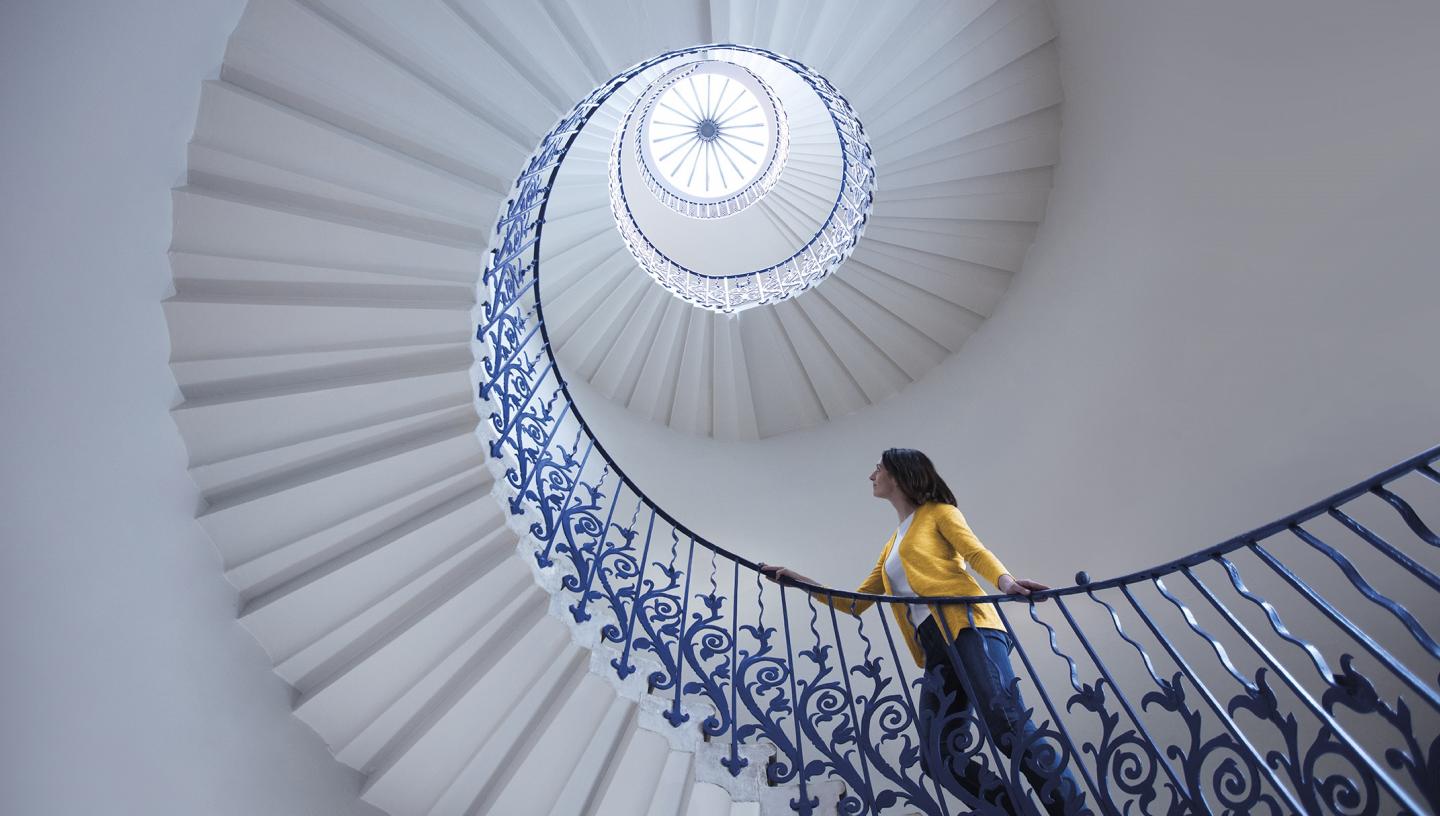 Photo: Royal Museums Greenwich
Photo: Royal Museums Greenwich
Capturing stunning memories from your holiday involves finding the perfect photo spots, and the Tulip Stairs present a unique opportunity for such moments. Located within Queen’s House in Greenwich, the Tulip Stairs is a remarkable yet underrated architectural feature in London. This spiral staircase, Britain’s first self-supporting design, was created in the early 17th century by architect Inigo Jones. Named for its tulip-shaped ironwork railing, it exemplifies the blend of early modern design and the skill of its creator. While the staircase itself is a hidden gem, Queen’s House is an exceptional establishment full of historical significance and showcases the elegance of classic English design.
Sir John Soane Museum, Lincoln’s Inn Fields
 Photo: House & Garden
Photo: House & Garden
The Sir John Soane’s Museum is one of the most engaging yet frequently overlooked cultural attractions in London. Conveniently located in Holborn, the museum was the former residence of the distinguished neoclassical architect, Sir John Soane—who designed the Bank of England and other prominent buildings. This eccentric yet classical museum serves as a time capsule, filled with Soane’s vast assortment of art, antiquities, and unique architectural experiments. Visitors can marvel at how his collection has been thoughtfully arranged to create a sense of surprise and intrigue. Moreover, Soane cleverly utilized natural light and mirrors to enhance the sense of spaciousness within the relatively compact setting, a hallmark of his architectural style. The elaborate yet intimate atmosphere of this densely packed space immerses visitors in the creativity of an architectural pioneer.
Kyoto Garden Kensington, Holland Park
 Photo: Issuu
Photo: Issuu
While classic English gardens are undeniably beautiful and grand, Kensington is also home to an exceptional Japanese garden situated in the city’s heart. The Kyoto Garden, nestled within Holland Park, was a thoughtful gift to London from Kyoto in 1991, symbolizing the friendship between the two cities. The meticulously designed garden features serene ponds, stone lanterns, cascading waterfalls, and carefully trimmed trees, all intended to instill a sense of tranquility and balance in every visitor. Complementing the stunning landscape are koi fish swimming in the ponds and free-roaming peacocks. For those seeking solitude, reflection, or a leisurely stroll, the Kyoto Garden is an ideal getaway.
Horniman Museum and Gardens, Forest Hill
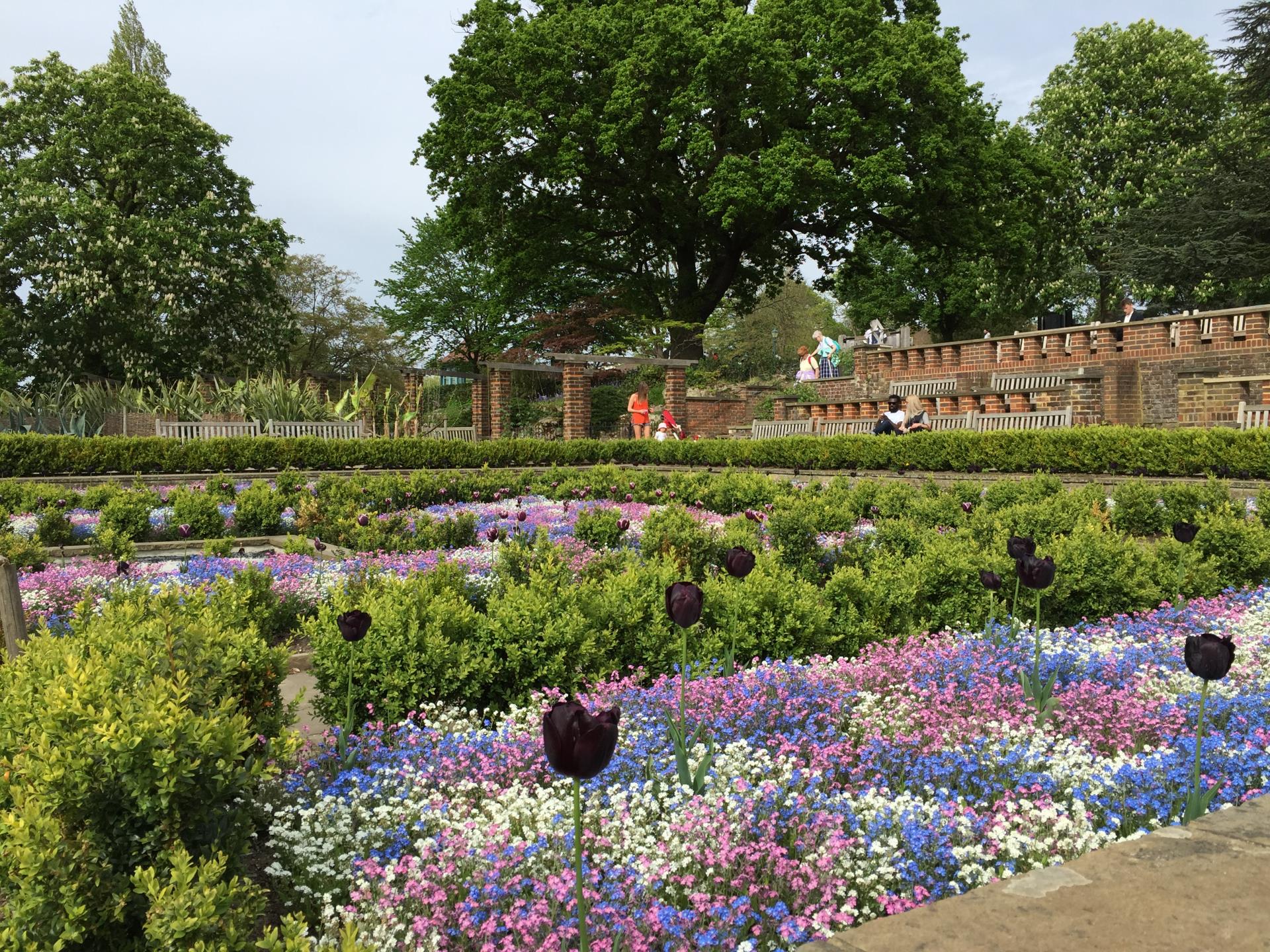 Photo: Euan’s Guide
Photo: Euan’s Guide
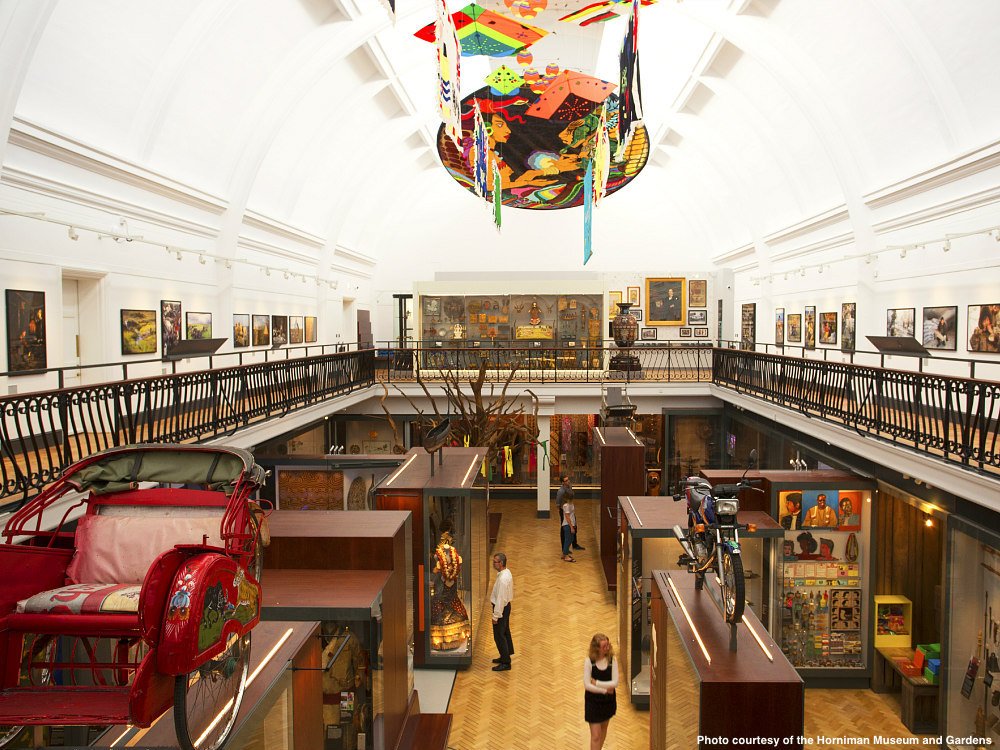 Photo: 1014
Photo: 1014
The Horniman Museum and Gardens is an eclectic cultural gem that showcases a diverse mix of anthropology, natural history, and art. Founded by tea merchant Frederick John Horniman in 1901, the museum features a rich collection of artifacts, including a renowned Victorian taxidermy display, global musical instruments, and intriguing exhibits celebrating various world cultures. The museum’s family-friendly, educational atmosphere captivates visitors, with highlights such as the iconic overstuffed walrus, the vibrant Aquarium, and the World Gallery, which honors human creativity and diversity. In addition to its artistic offerings, the whimsical gardens span 16 acres, featuring a butterfly house, medicinal plants, and a sunken garden. Visitors can also embark on an animal trail that showcases alpacas, goats, and other creatures.
Parkland Walk, Florence Road
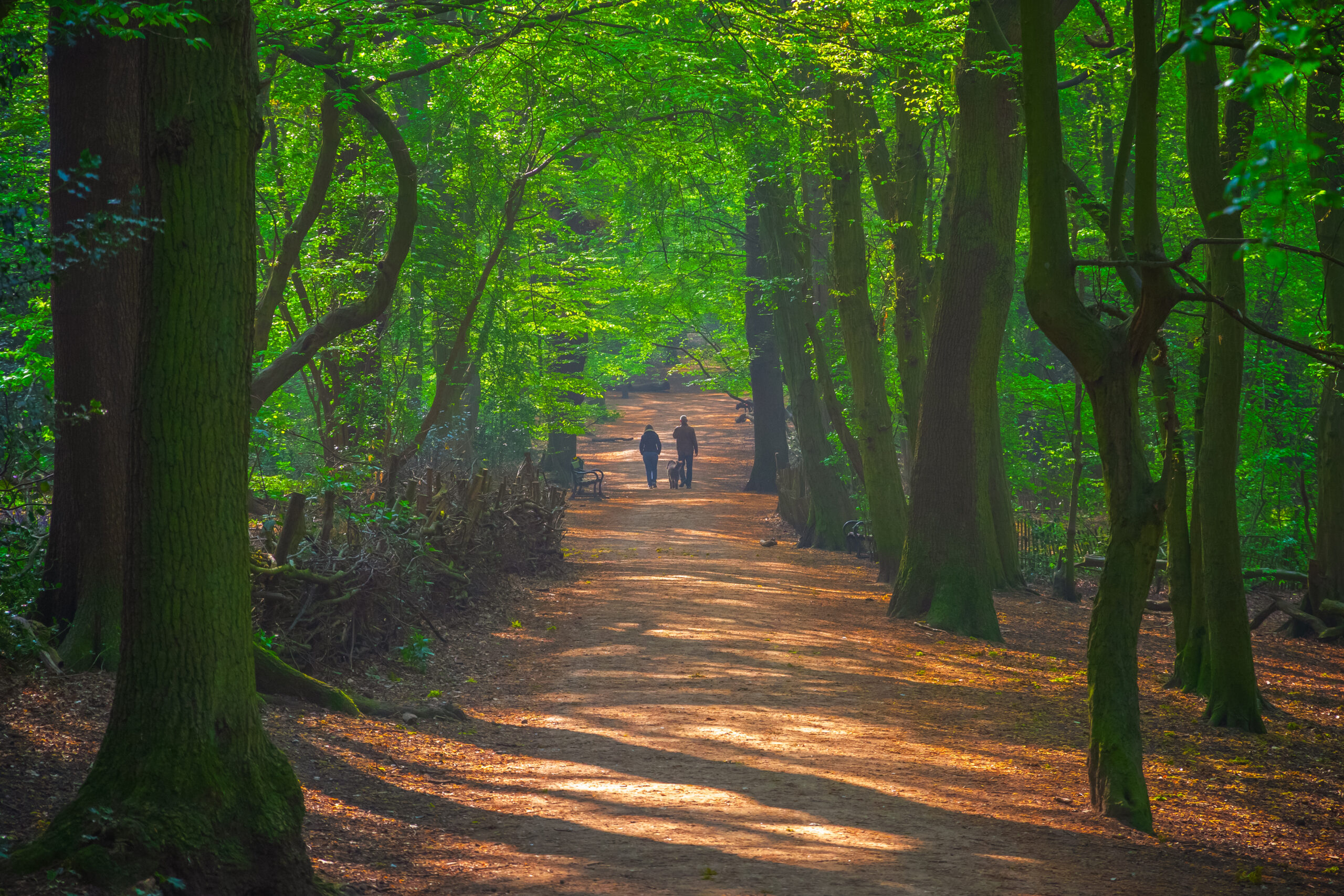 Photo: Country File
Photo: Country File
While not the typical image of London, the Parkland Walk offers a marvelous experience to uncover the hidden gems of the English capital. This green passageway follows the path of a former railway line that connects Finsbury Park to Alexandra Palace, stretching over six kilometers—it’s the longest linear nature reserve in London, providing a wooded retreat from the city’s busyness. The path is lined with lush trees, wildflowers, and remnants of old railway stations, exuding charm and vibrancy. As visitors traverse the route, they might encounter unique landmarks such as the famous Spriggan sculpture, a mysterious figure nestled within an old railway arch. This walk is a haven for nature enthusiasts, providing wildlife sightings of foxes, birds, and butterflies that often accompany visitors along the trail.












